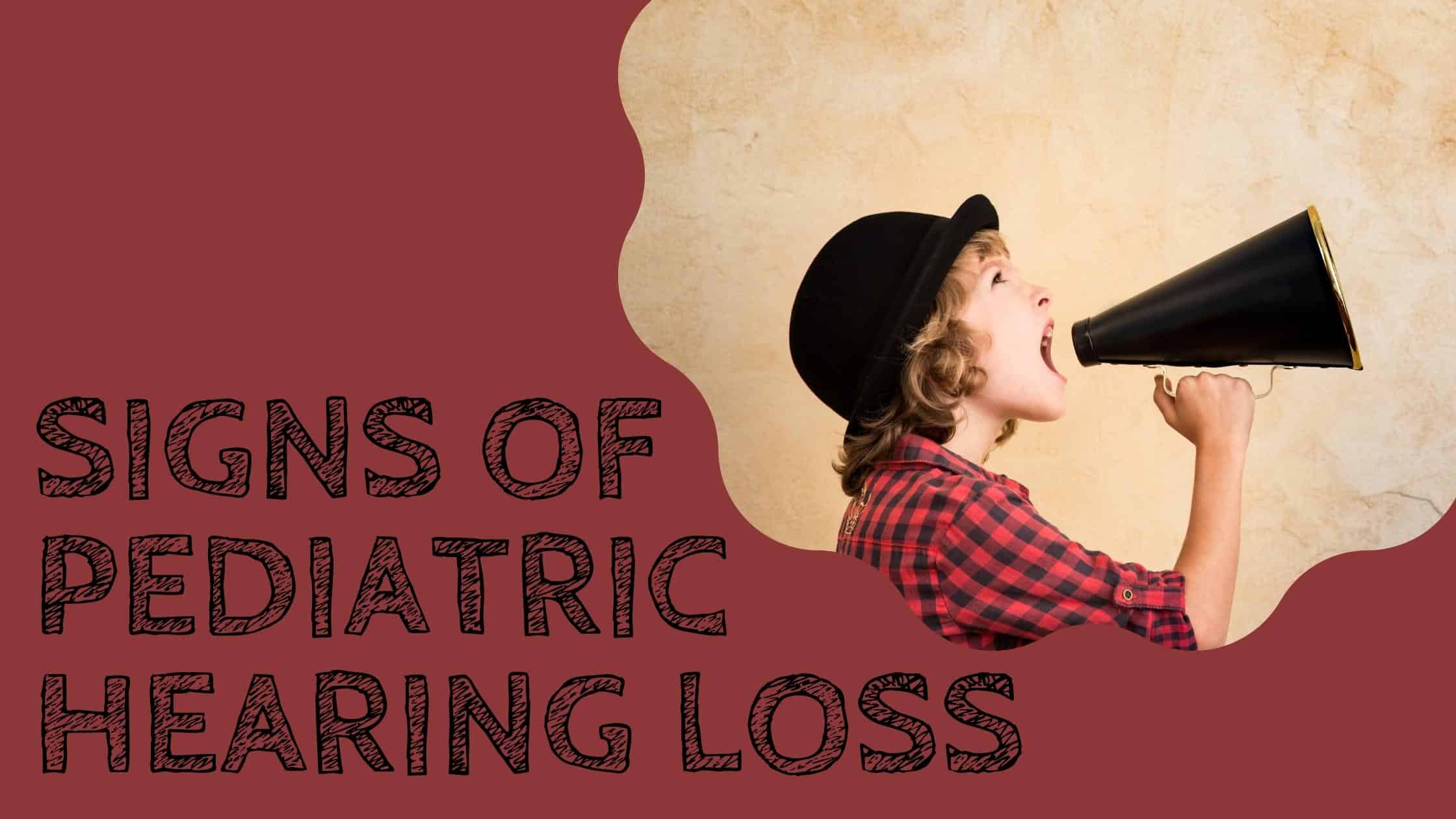
The years of early childhood are full of discovery. Each day is an opportunity to encounter something new and to learn about the world. The rapid process of development in the years before spoken language is particularly fascinating. Though babies and children during these years aren’t able to voice their understanding, they are gathering all kinds of important information and connecting these perceptions to language. The process begins long before a child communicates verbally, and these years of development are a crucial time to provide a child with a rich environment full of sensory stimuli. However, some children face challenges in developing verbal skills.
These challenges come in all shapes and sizes, but hearing impairment is a major factor that can get in the way of language acquisition in young children. Without the ability to communicate, of course, it can be difficult to understand what gets in the way of your child speaking. How can you become aware of pediatric hearing loss? Even without the ability to tell you, your child is sending signs of hearing impairment if you remain closely attuned to their bodies and prelinguistic communication. Let’s walk through some of these communication milestones that can alert you to the possibility of pediatric hearing loss. The sooner you’re able to recognize the signs of hearing loss, the sooner you can begin to intervene and support the process forward.
Sensory Perception
From birth onward, we are developing, refining, and adjusting to changes in our abilities of sensory perception. Just as a new baby blinks into the light long before discerning recognizable shapes, it is unclear at what moment hearing ability becomes possible. Looking for signs of hearing ability in an infant can be difficult because the chain reaction of cause and effect is not yet in place. As an adult, when you hear a sound, you might respond with a series of bodily actions, but infants and young children might not have developed these responses.
One of the first clues to watch for in a young child is looking in the direction of the sound. Particularly when a loud or uncommon sound occurs, young children will begin to turn their heads and look in the direction of the source of that sound. Pay attention to your young child when a loud sound occurs, such as a dog barking, a door slamming, or an alarm sounding. If your child does not look in the direction of that sound, it might be evidence of hearing impairment.
Language Acquisition
Acquiring the ability to communicate verbally is a long process, and no single moment defines when a child has become able to speak. However, certain milestones can be witnessed along the way to speech. One of the first of these is babbling, or “baby talk.” The cooing, vocalizing, and even giggling that infants tend to do is not meaningless chatter. They are responding to what they hear from adults and refining their ability to create sounds in their mouths.
Babbling begins in the first months of life, and a variety of sounds is a good sign of language development. Many babies seem to take pleasure at a new sound they can create with their mouths. After a while, they might move on to a different sound and seemingly “practice” that one. If you don’t notice the development of different sounds like these, that might be another sign of potential hearing loss. Babies use what they hear in a process of imprinting, modeling the behavior of adults. When hearing loss gets in the way of perceiving sounds from adults, it can result in a limited range of sounds to create, as well.
Seeking Treatment
If you have noticed warning signs of pediatric hearing loss such as these, the first step is to contact your pediatrician. They can put you in touch with hearing and speech pathologists who are experts in infant, toddler, and child assessment. Assessing hearing loss in these first months of life is an important step toward providing the right assistance and resources as time goes by. Don’t delay getting an assessment if you notice any warning signs such as these so that your child can begin to receive the benefits of treatment as soon as possible.
